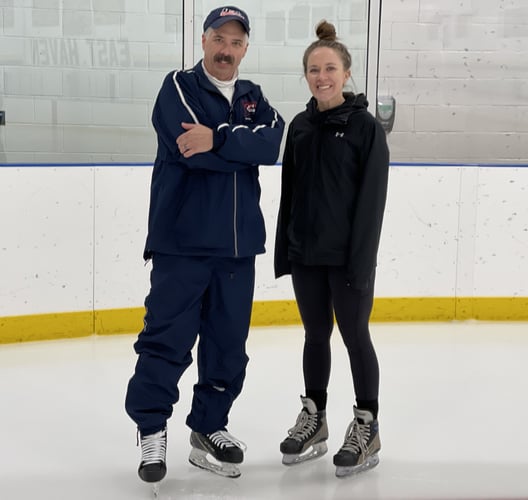
By Kaila Morin, PT, DPT
Gaylord Specialty Healthcare Physical Therapy
A concussion is a mild traumatic brain injury that can affect how your brain works. It could be the result of a fall, a direct blow to the head, a sports-related injury, a motor vehicle accident, or an assault. And, while they are common – there are 1.6-3.8 million sports and recreation-related concussions in the US each year – all concussions should be considered severe and require prompt care by a healthcare professional.
After all, this is the brain we’re talking about.
You see, while the term ‘concussion’ is used as a general diagnosis, there are three grades of a concussion that a patient may experience:
Grade 1 – Mild
- Symptoms resolve in less than 15-minutes with no loss of consciousness
Grade 2 – Moderate
- Symptoms last more than 15-minutes with no loss of consciousness
Grade 3 – Severe
- Any loss of consciousness, even for a few seconds
But the truth is, without following proper return to activity guidelines, patients can go on to have persistent symptoms regardless of the grade of concussion experienced. The challenge is there is no imaging that can definitively diagnose a concussion or its grade and no magic treatment to make it go away. Your healthcare professional will provide a diagnosis based on a comprehensive exam, including taking a patient history and observing for signs consistent with a concussion. The rest is up to you.
Your healthcare professional will look for the following signs of a concussion:
- Amnesia (can’t recall events prior to or after the incident)
- ‘Dazed’ or ‘stunned’ appearance
- Balance impairment
- Delayed response to questions
- Potential loss of consciousness
- Mood, behavior, or personality changes
And, like any injury, there is no one size fits all. In fact, your symptoms may be significantly different from someone else’s and can range from physical, cognitive, sleep-related, and/or emotional. These signs and symptoms generally show up soon after the injury. However, you may not know how serious the injury is at first and some symptoms may not show up for hours and even days later.
Bottom line: don’t wait. If you suspect a concussion is possible, seek medical care immediately to determine its grade and to ensure you are properly and effectively following the guidelines to enable a safe return to activity. In most cases, patients with a grade 1 or 2 concussion can return to normal activity once symptoms subside. However, patients with a grade 3 concussion will require more oversight from a health care professional for a variety of reasons, including in some cases, to rule out bleeding or other serious brain injuries. This is why consultation with a healthcare professional is vitally important.
Once patients are cleared to return to activity, Physical Therapy becomes an important part of their post-concussion treatment and rehabilitation. A physical therapist with experience in concussion rehabilitation can support patients through habituation training, exposure therapy, migraine provocation monitoring, anxiety management, balance training, and/or referral to other disciplines for further support.
You are not alone.
This content is for educational purposes only and is meant to provide general information. It is not a substitute for professional medical advice, diagnosis, or treatment. Always consult your healthcare provider with any questions or concerns about your health. In case of a medical emergency, contact your doctor or call 911 right away.
.jpeg?height=500&name=Image%20(003).jpeg)

